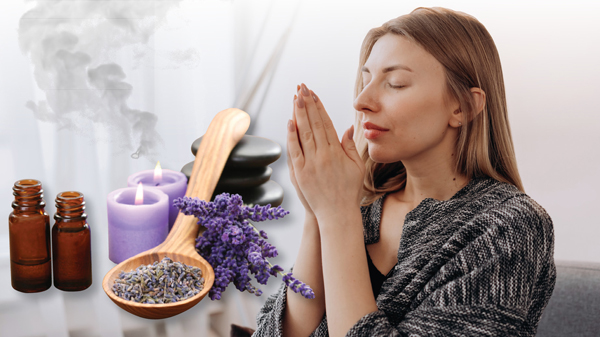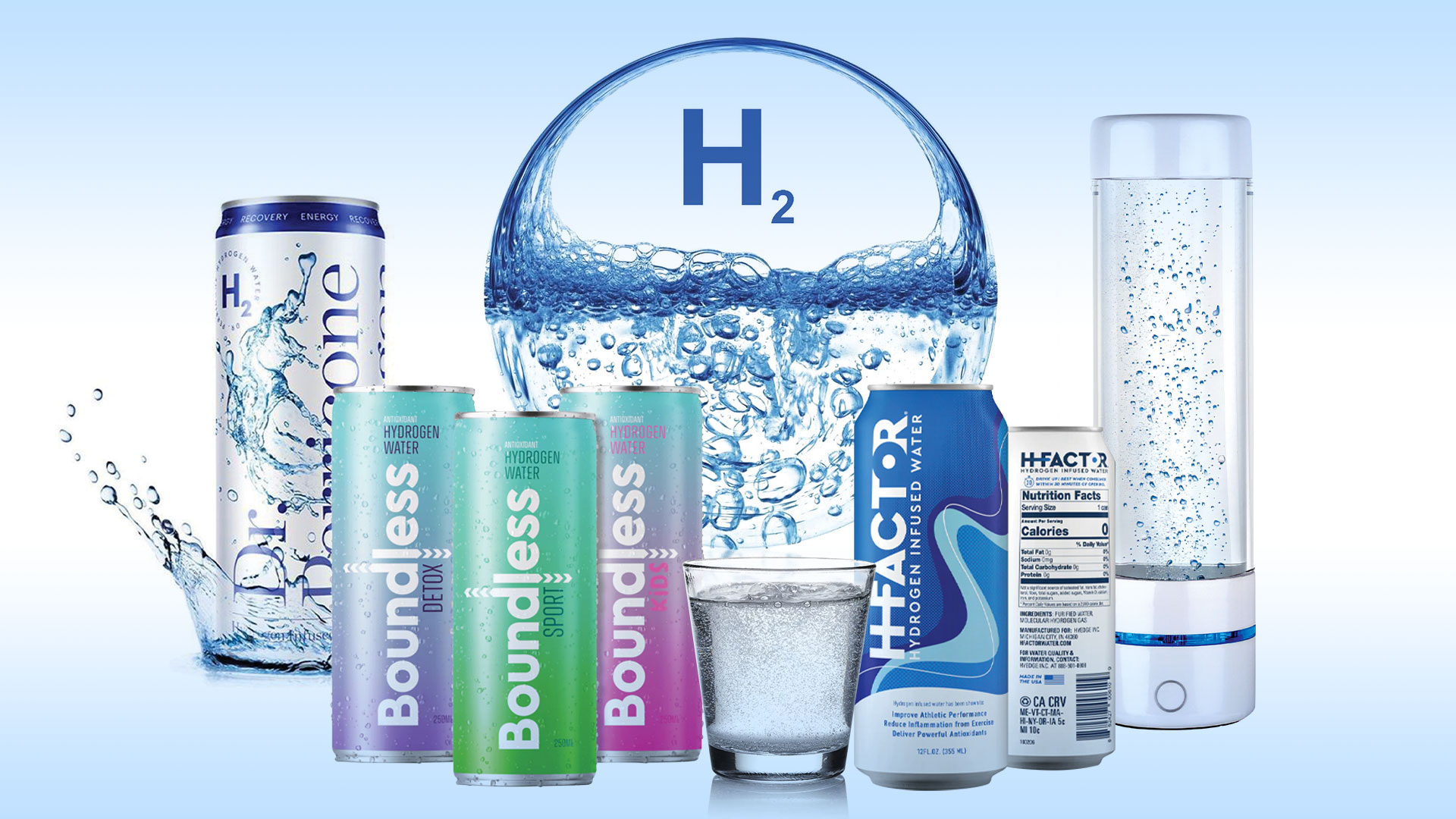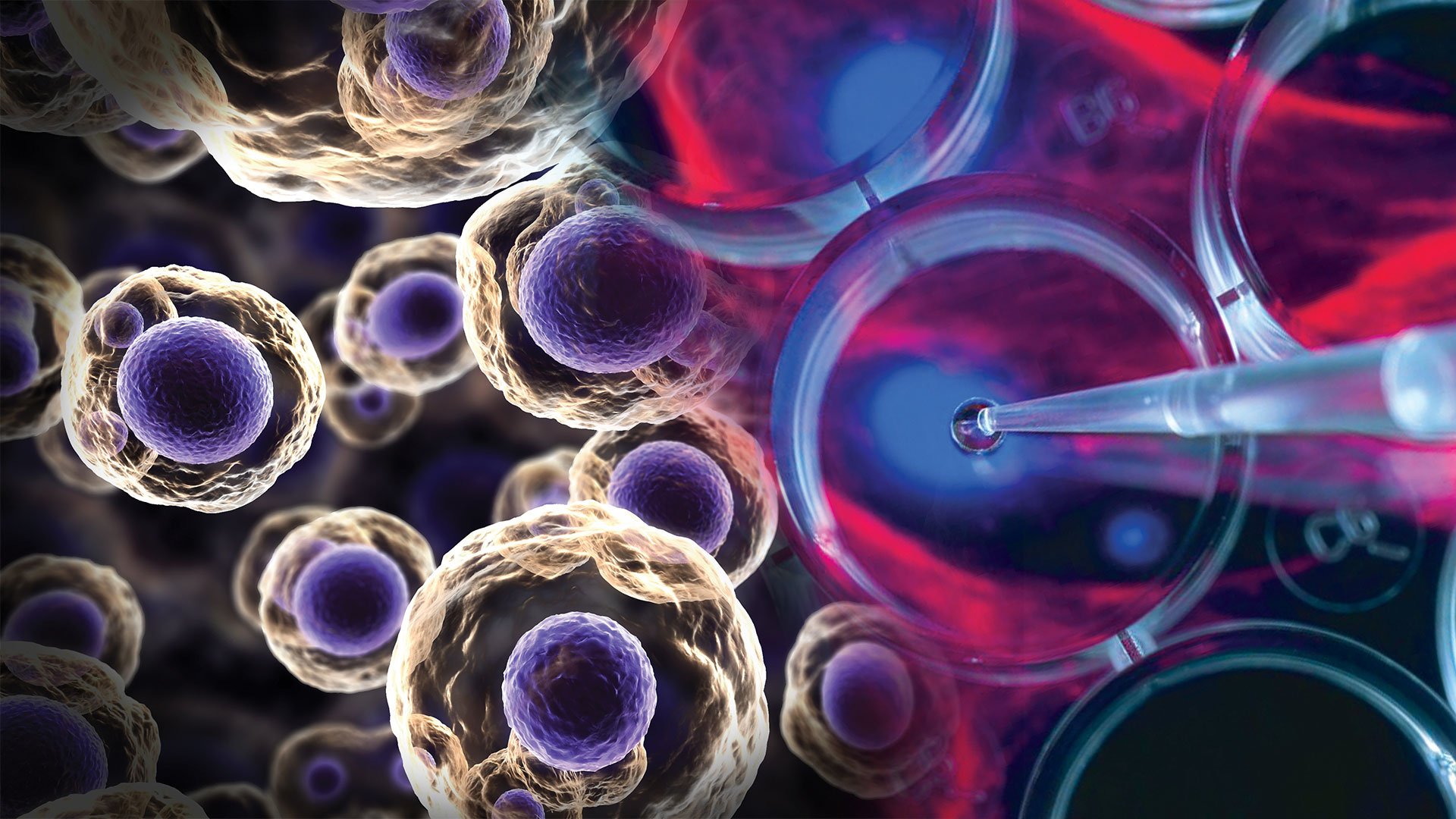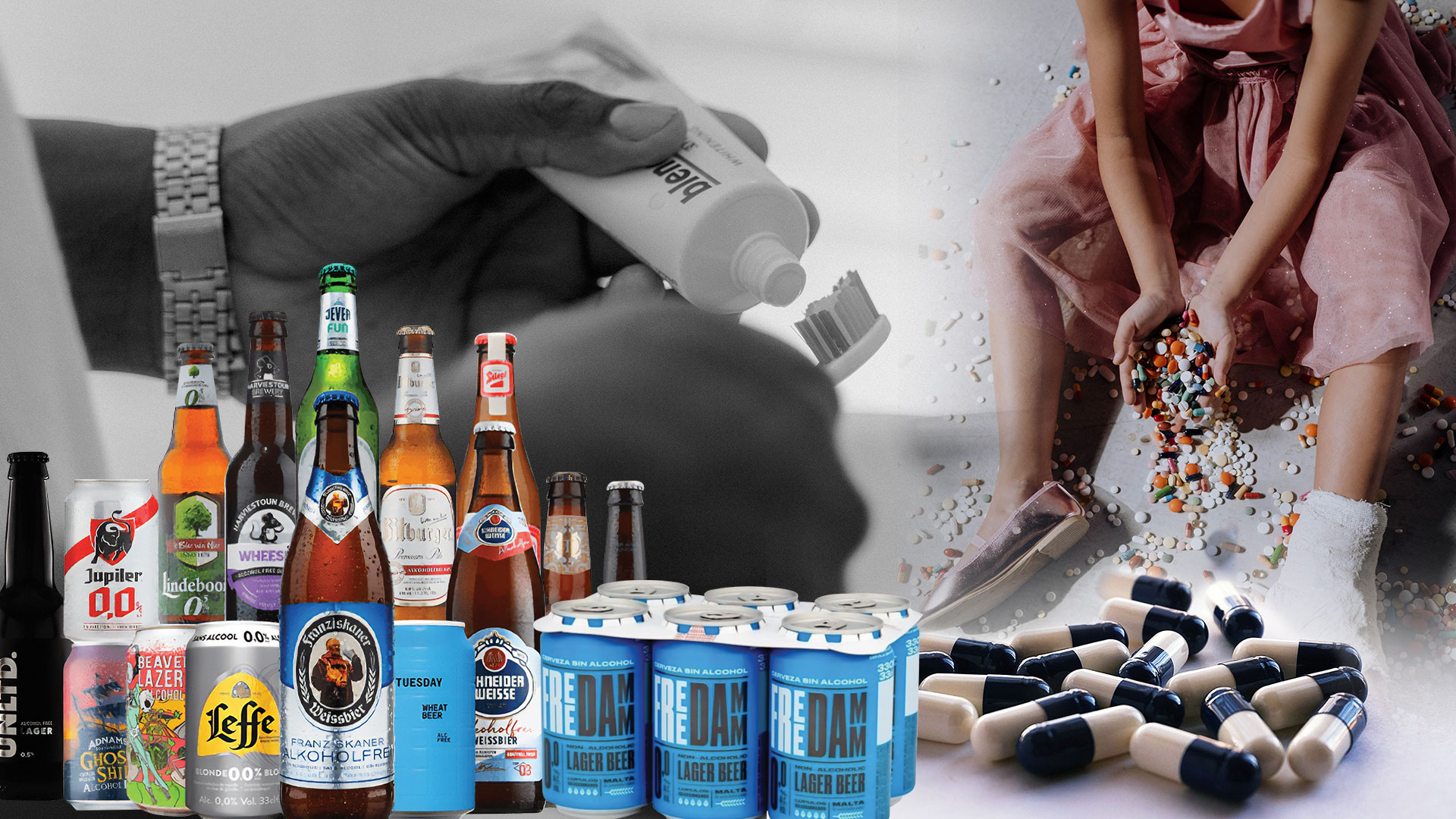
Do essential oils really work? Here’s what science says
What does a whiff of cinnamon do to you? Does it flood your mind with memories of Christmas at grandma’s? Does the smell of frying onions make you long for your mother’s comfort food? Or the sugary pungency of Victoria’s Secret body spray spark a flurry of teenage nostalgia? Aromas have a powerful way of uplifting the mood and taking us on an emotive journey.
The sense of smell is such a commanding memory trigger. I fondly remember the fresh woody aroma in Dad’s car when he drove me home for the holidays, the scent of the crisp, cotton shirts and pristine jackets he donned for work. The acetone-like smell of his final hours at the hospital when he hovered between life and death is an unsettling memory I’d like to wipe out, but it’s intertwined so deeply with emotions. The fact that you can smell your way back in time has made aromas big business.
Fragrance, of course, is a historic commercial success story, while the ancient treatment of aromatherapy has been catching up of late – it was a US$1.6 billion global industry last year, according to market research database Grand View Research. The soothing wellness movement can be applied to a wide array of ailments, from acne to asthma to anxiety, migraine to myopia, and the common cold to, supposedly, even cancer. Touted as a cure-all because of its spectacular growth, aromatherapy is simultaneously viewed amid a waft of hype, misinformation and controversy.
In the United States, aromatherapy has generally escaped Food and Drug Administration (FDA) regulations and has attracted obsessive multilevel marketing by often untrained housewives. Do its benefits really run deeper than the superficial? Are any of its many impressive claims actually legitimate?
Also Read: The wonderful healing benefits of essential oils
Exacting Extraction
Aromatherapy involves the extraction of oils from plants, flowers or herbs through a complex distillation process that encapsulates the ‘essence’ of their natural source, and the subsequent use of these essential oils for therapeutic purposes. Essential oils are derived primarily from leaves, roots, bark and flowers, and sometimes from dried seeds, fruit peel and resin, and they can be 50 to 100 times more potent than the oils occurring naturally in these plants. Diffuse the oils in air and they engage the respiratory system by inhalation to reach the brain; mixed with a carrier oil and dabbed onto the skin, they work by absorption through the dermis into the bloodstream.
Anti-inflammatory, antiseptic, alleviating pain or just sensationally aromatic, essential oils have been key to a multitude of alternative treatments since the earliest times. Ancient Egyptians used them as part of the mummification process.
More recently, Coca-Cola and Pepsi became the biggest consumers of food-grade essential oils after discovering the secret scent it gave to their sodas. Disseminating into the public consciousness over the past four decades, they’ve taken the wellness industry by storm.
Also Read: Eye Yoga – The latest wellness craze but does it work?
Heart & Soul
Does aromatherapy work?
Depends on who you ask and your definition of ‘work’. Supermodel Miranda Kerr advocates consulting a scent specialist to address all your emotional needs. After all, a blend of four essential oils helped her deal with post-breakup depression and find love again by “activating the heart chakra”. Earth goddess Gwyneth Paltrow is obviously one of the biggest advocates of aromatherapy. Pop star Kesha is a doTerra fan and religiously uses its essential oils to invite positivity into her life. She tweeted: “They make me feel so peaceful.” Sceptics, on the other hand, view it as a vain wellness obsession of the wealthy and a potentially dangerous marketing gimmick.
More than 150 essential oils are used in aromatherapy, and each has a distinct character, chemistry and consequence.
Rosemary, for instance, is deemed to be purifying, tea tree oil is antibacterial, chamomile is invigorating, and lavender soothes the senses. Enter a luxurious spa and within moments you are enveloped by a sense of calm, a momentary balance; smell coffee and you’re instantly jolted into focus. Aromatherapy has proven benefits of awakening the mind, calming the nerves, de-stressing tired muscles and treating conditions like eczema, psoriasis and bruising.
Also Read: Aromatic wonders: Boutique perfume houses you probably haven’t heard of…
Absence of Science
Out of the 150 types of essential oils in the market, only ten have been have examined by researchers in long-term, peer-reviewed clinical trials, and the results are modest. Yes, a waft of peppermint oil eases headaches and sharpens concentration for many, but its effectiveness is not guaranteed; indeed it may provoke an adverse reaction in some. Scientific studies have found little or no concrete evidence that aromatherapy can treat severe ailments and conditions like depression, hypertension, ADHD, autism, dementia and cancer.
So how have companies like Young Living and doTerra been able to make lofty claims about the curative potential of their products and become multi-billion-dollar megabrands? The answer lies in the intelligent positioning of essential oils in the largely unregulated wellness industry. Oils can be used as drugs, cosmetics or household items, and by slotting them into the grey area between perfumes and medicines they don’t directly fall under the purview of the FDA. Hence, as long as companies avoid marketing their oils in the ‘drug’ category, they can get away with outlandish assertions using abstract words like ‘vitality’ and ‘balance’. The big brands will have panels of attorneys on hand to ensure that their labelling claims remain vague and within legal bounds.
The production of pure essential oils is a resource-intensive process. One million rose petals are required to make an ounce of rose oil, which treats skin conditions like eczema. Frankincense oil, billed to promote cellular health and immunity, costs hundreds of thousands of dollars per barrel. Yet in a packed field of independent distributors and money-making marketing pyramids, it is hard to be sure you are getting the genuine potent product. It may soothe your furrowed brow if you keep the following points in mind:
Cheap trick
Extracting essential oils is an exacting process. Quality, purity and authenticity do not come cheap, so if the price is too good to be true, it is probably a scam.
Label envy
The common and Latin name of the plant used to extract the essence should be stated on the label, along with other essentials like the carrier oil (used to dilute the essential oil so that it can be applied to the skin) and the date and place of production. It’s a definite red flag if one of these is missing.
Pure at heart
Avoid perfume or fragrance oils; these contain chemicals. For aromatherapy to be at all effective, you need a single, pure essential oil.
Bottle check
Pure essential oils generally come in sealed bottles of dark glass with a maximum volume of four ounces. Light and heat can hamper purity, so if you’re buying a transparent bottle, it’s probably a knock-off.
So, just to be 100 percent clear, essential oils do not cure cancer or any serious medical ailment, but if they bring you some relief and respite, peace of mind and a little TLC, that’s certainly something to sniff at.
(Text: Nikita Mishra)
Also Read: Bathing Graces: Bath oils to bless your body with













